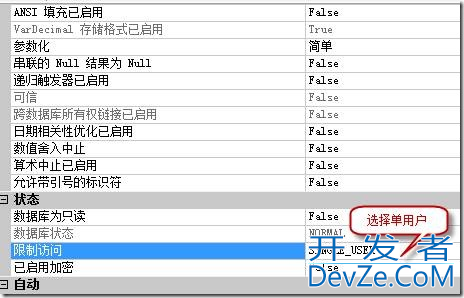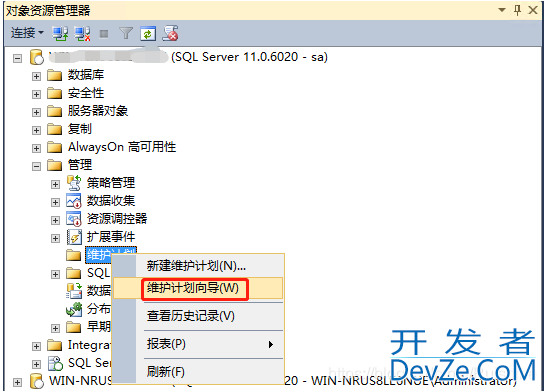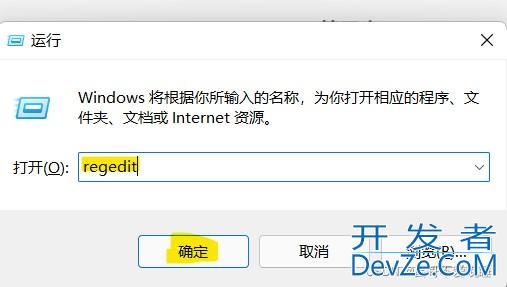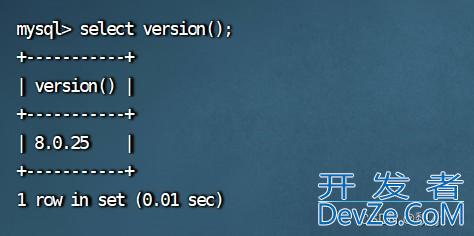Redis Key的数量上限及优化策略分享
目录
- 1. 引言
- 2. Redis Key 的理论上限
- 2.1 Redis 的 Key 存储机制
- 2.2 为什么是 2^32?
- 3. 影响 Redis Key 数量的实际因素
- 3.1 内存限制
- 3.2 Redis 配置参数
- 3.3 Key 和 Value 的大小优化
- 4. 如何监控和管理 Redis Key
- 4.1 查看当前 Key 数量
- 4.2 使用 SCAN 遍历 Key(避免阻塞)
- 4.3 设置 Key 过期时间
- 5. 优化 Redis Key 存储的实践方案
- 5.1 使用 Redis Cluster 分片
- 5.2 采用 Hash 结构存储多个字段
- 5.3 使用 Pipeline 批量操作
- 6. 结论
1. 引言
Redis 作为高性能的键值存储数据库,广泛应用于缓存、会话存储、排行榜等场景。但在实际使用中,开发者常常会关心一个问题:Redis 的 Key 数量是否有上限? 如果有,如何优化存储以支持更多 Key?
本文将从 Redis Key 的理论上限 出发,结合实际内存限制、配置优化、Java 代码示例等方面,深入探讨 Redis Key 的管理策略,帮助开发者更好地规划和使用 Redis。
2. Redis Key 的理论上限
2.1 Redis 的 Key 存储机制
Redis 使用 哈希表(Hash Table) 存储 Key-Value 数据,其底层实现决定了 Key 的最大数量。
- 理论最大 Key 数:
2^32 ≈ 42.9 亿(受限于 Redis 哈希表大www.devze.com小)。 - Key 的最大长度:512MB(但实际业务中 Key 通常较短)。
2.2 为什么是 2^32?
Redis 的哈希表使用 无符号 32 位整数 存储键值对的数量,因此理论上最多可以存储 2^32 个 Key。但在实际生产环境中,内存限制 和 性能因素 会使得 Key 数量远低于此值。
3. 影响 Redis Key 数量的实际因素
3.1 内存限制
Redis 是内存数据库,Key 和 Value 都存储在内存中,因此 可用内存 是决定 Key 数量的关键因素。
查看 Redis 内存使用情况:
redis-cli info memory
输出示例:
used_memory: 1024000 # 当前内存使用量(字节) maxmemory: 2000000000 # 最大内存限制(2GB)
计算可存储的 Key 数量:
假设每个 Key + Value 平均占用 100 字节,则 1GB 内存大约可存储:1GB / 100B ≈ 10,000,000 个 Key
3.2 Redis 配置参数
maxmem编程ory:设置 Redis 最大内存使用量(如maxmemory 2gb)。maxmemory-policy:定义内存满时的 Key 淘汰策略,如:noeviction(不淘汰,写入报错)allkeys-lru(淘汰最近最少使用的 Key)volatile-lru(仅淘汰有过期时间的 Key)
示例配置(
redis.conf):
maxmemory 2gb maxmemory-policy allkeys-lru
3.3 Key 和 Value 的大小优化
- Key 优化:
- 避免过长的 Key,如:
// 不推荐 String key = "user:session:1234567890:profile:settings:dark_mode"; // 推荐(缩短 Key) String key =www.devze.com "u:1234567890:dark_mode";
- Value 优化:
- 使用压缩算法(如 GZIP)存储大 jsON 数据。
- 采用更高效的序列化方式(如 Protocol Buffers 代替 JSON)。
4. 如何监控和管理 Redis Key
4.1 查看当前 Key 数量
redis-cli dbsize # 返回当前数据库的 Key 总数 redis-cli info keyspace # 查看各数据库的 Key 统计
4.2 使用 SCAN 遍历 Key(避免阻塞)
在 Java 中使用 Jedis 遍历 Key:
import redis.clients.jedis.Jedis;
import redis.clients.jedis.ScanParams;
import redis.clients.jedis.ScanResult;
public class RedisKeyScanner {
public static void main(String[] args) {
Jedis jedis = new Jedis("localhost", 6379);
String cursor = "0";
ScanParams scanParams = new ScanParams().count(100); // 每次扫描 100 个 Key
do {
ScanResult<String> scanResult = jedis.scan(cursor, scanParams);
cursor = scanResult.getCursor();
编程客栈 scanResult.getResult().forEach(System.out::println);
} while (!cursor.equals("0"));
jedis.close();
}
}
4.3 设置 Key 过期时间
jedis.setex("user:1234:session", 3600, "session_data"); // 1 小时后过期
5. 优化 Redis Key 存储的实践方案
5.1 使用 Redis Cluster 分片
如果单机 Redis 无法支撑海量 Key,可以使用 Redis Cluster 进行分片存储。
Java 示例(Lettuce 客户端):
import io.lettuce.core.RedisClient;
import io.lettuce.core.cluster.RedisClusterClient;
import io.lettuce.core.cluster.api.StatefulRedisClusterConnection;
public class RedisClusterExample {
public static void main(String[] args) {
RedisClusterClient clusterClient = RedisClusterClient.create(
"redis://node1:6379", "redis://node2:6379", "redis://node3:6379"
);
StatefulRedisClusterConnection<String, String> connection = clusterClient.connect();
connection.sync().set("cluster_key", "Hello Redis Cluster!");
System.out.println(connection.sync().get("cluster_key"));
connection.close();
clusterClient.shutdown();
}
}
5.2 采用 Hash 结构存储多个字段
如果多个 Key 属于同一对象,可以使用 Hash 减少 Key 数量:
// 存储用户信息(避免多个 Key)
jedis.hset("user:1000", "name", "Alice");
jedis.hset("user:1000", "age", "30");
jedis.hset("user:1000", "email", "alice@example.com");
5.3 使用 Pipeline 批量操作
减少网络开销,提升写入性能:
Pipeline pipeline = jedis.pipelined();
for (int i = 0; i < 1000; i++) {
pipeline.set("key:" + i, "value:" + i);
}
pipeline.sync();
6. 结论
| 关键点 | 说明 |
|---|---|
| 理论 Key 上限 | 42.9 亿(2^32) |
| 实际限制 | 受内存、Key 大小、配置影响 |
| 优化方案 | 缩短 Key、压缩 Value、使用 Hash、Cluster 分片 |
| 监控手段 | dbsize、info memory、SCAN 命令 |
最佳实践建议:
- 控制 Key 大小,避免存储过长的 Key 或 Value。
- 设置合理的
maxmemory和淘汰策略,防止内存溢出。 - 使用 Redis Cluster 分散 Key 存储压力。
- 监控 Key 增长趋势,避免无限增长导php致性能下降。
通过合理的优化,Redis 可以轻松支持 千万级甚至亿级 Key,满足高并发业务需求。
以上就是Redis Key的数量上限及优化策略分享的详细内容,更多关于Redis Key数量上限及优化的资料请关注编程客栈(www.devze.com)其它相关文章!









 加载中,请稍侯......
加载中,请稍侯......
精彩评论